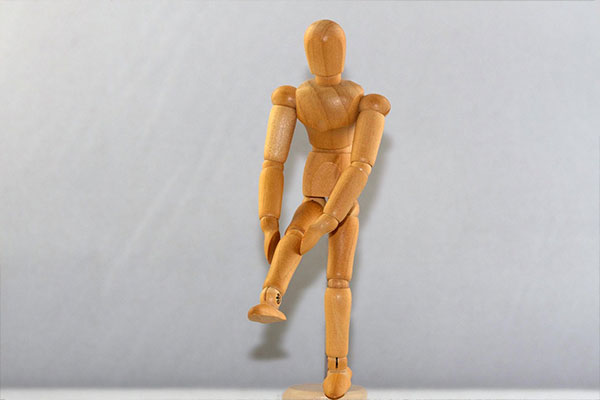My first real wake-up moment about meniscus tears happened 12 years ago at an Integrated Manual Therapy seminar. Our instructor and my early mentor, James Waslasky, shared something remarkable: images of his wife’s knee taken before and after alignment work.
She was a dance instructor—unsurprisingly, she had a meniscus tear, a very common injury among dancers. One of the main causes of meniscus tears is rapid knee rotation, which happens frequently in dance.
James released a few key muscles around her knee, and she felt better right away. After three months, a follow-up ultrasound showed something incredible: her meniscus had fully healed.
Why Alignment Matters
Here’s the truth—you can’t massage the meniscus directly. It’s too deep inside the joint. But what you can do is take pressure off the meniscus by aligning the knee properly. This creates the right conditions for the tissue to heal itself.
Since then, I’ve had several clients with meniscus tears, and many experienced successful recoveries with this approach.
Of course, recovery depends on many factors:
-
- The severity of the tear
- The person’s general health and healing capacity
- Their attitude and commitment toward recovery
But if you value natural healing over surgical intervention as much as I do, this method is worth considering. For mild meniscus tears, natural recovery is often very possible—and often successful.
At-Home Tips to Support Meniscus Recovery
If you’re dealing with a mild meniscus tear and want to support healing naturally, here are a few safe and effective tips:
-
- 🚫 Avoid stretching: Stretching can put unnecessary strain on the meniscus and slow down healing.
- 🌡️ Hot towel compress: Applying gentle heat encourages blood flow and speeds up tissue repair.
- 💡 Red light therapy: This can boost circulation and cellular recovery, making it an excellent tool for healing.
These simple steps can make a real difference when combined with proper alignment and guided manual therapy.

